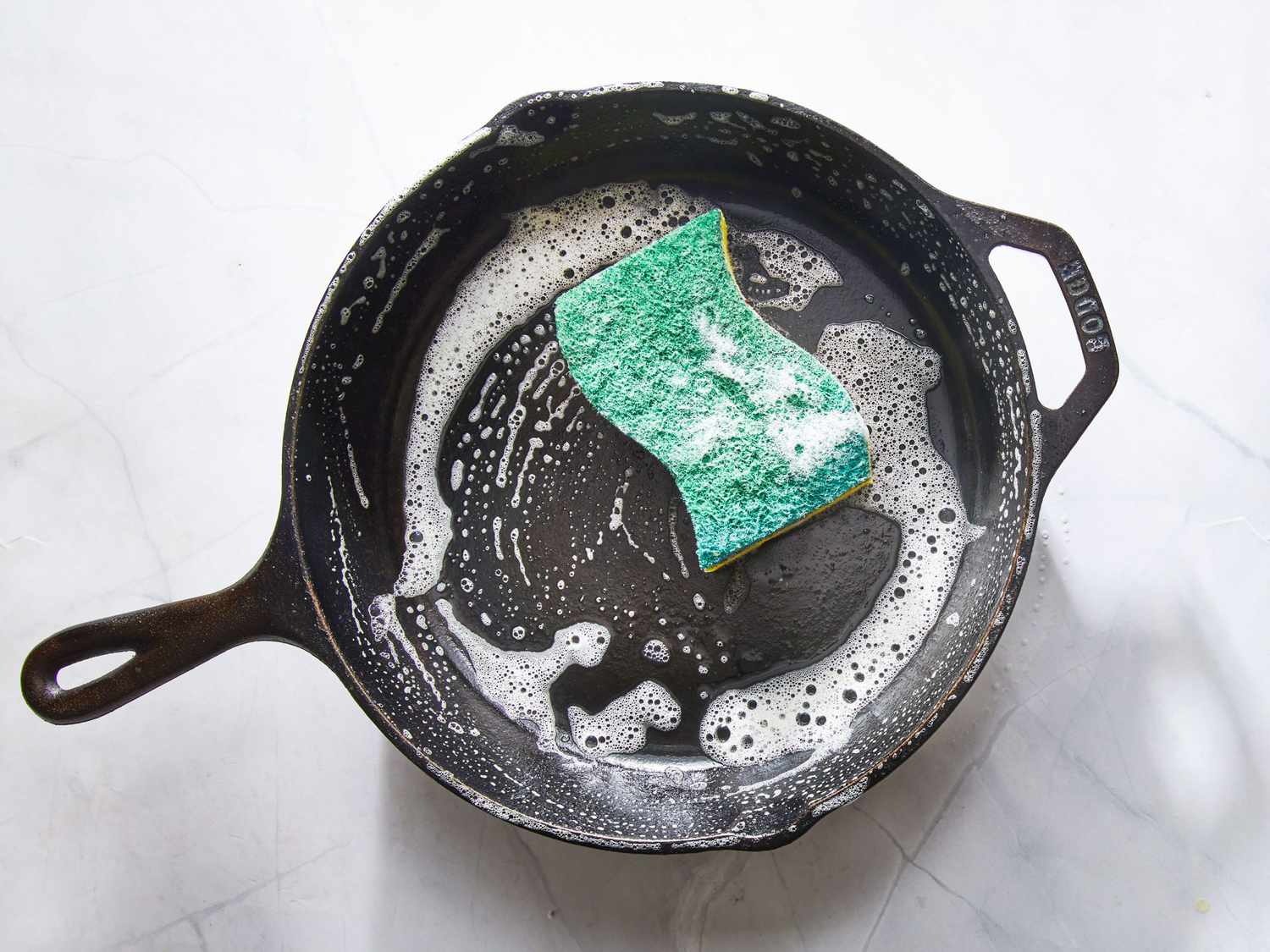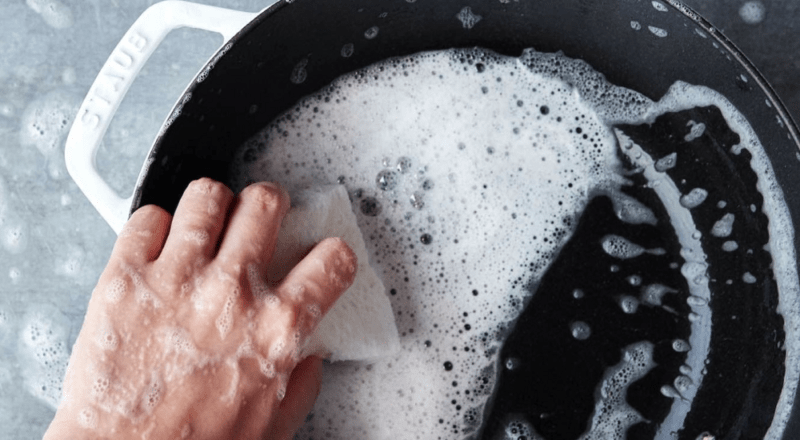Cooking with a cast iron skillet is a delight for many chefs and health-conscious individuals. It offers even heating and an incredible sear on meats and vegetables. However, a common issue many face is dealing with smoke. In this article, we will delve into the tremendous methods that can significantly help you reduce smoke when cooking with your cherished cast iron cookware.

Understanding the Basics of Cast Iron Cooking
Cast iron skillets are unique. Their ability to retain heat makes them perfect for cooking at high temperatures. However, this feature can also lead to excessive smoke if not managed properly. Before diving into solutions, its essential to understand why smoke forms.
Why Does Smoke Form?
Smoke forms when oil or food particles reach their smoke point, which can vary depending on the type of oil used. Cast irons high heat retention often pushes oils past this smoke point, creating unpleasant smoke in your kitchen.

Terrific Methods to Reduce Smoke
1. Properly Seasoning Your Cast Iron
Seasoning your cast iron skillet correctly can drastically reduce smoke. A well-seasoned skillet provides a natural, non-stick surface, preventing food particles from sticking and burning. This guide offers seasoning recipes that work effectively to minimize smoke.
2. Using the Right Cooking Oils
Not all oils are created equal. Choose oils with high smoke points such as avocado oil, peanut oil, or grapeseed oil. These oils are less likely to produce smoke compared to olive oil or butter.
3. Control Cooking Temperature
Maintain a moderate cooking temperature. High heat isn’t always necessary. Preheat your skillet gradually to avoid sudden temperature spikes, which can cause oils to reach their smoke point quickly.
4. Keep Your Skillet Clean
A clean skillet reduces the chances of leftover food particles burning and creating smoke. After each use, ensure to clean your skillet thoroughly. Interested in learning more about cleaning techniques? Check out this resource on cleaning cast iron.

Delighted to Share Pro Tips for Smoke-Free Cooking
Proper Ventilation is Key
Ensure your kitchen is well-ventilated. Use exhaust fans, open windows, and, if needed, use an air purifier to keep the air clear while cooking.
Use an Oven for Finishing
Instead of cooking entirely on the stove, consider searing your food on the cast iron and then transferring it to the oven to finish. This method reduces stovetop smoke significantly.
Monitor Your Food Closely
Avoid overcooking or burning food, which is a major contributor to smoke. Use cooking timers and stay attentively present in the kitchen while cooking.

Additional Resources for Cast Iron Enthusiasts
If you’re keen on refining your cooking skills with cast iron, explore more detailed guides on similar topics. For example, if you’re interested in preparing a pot roast or hash browns, refer to these well-curated resources:
FAQs
Why is my cast iron skillet smoking so much?
Smoke is often caused by oils or food particles reaching their smoke point. Using high smoke point oils and controlling the cooking temperature can help reduce smoking.
Can I use olive oil with my cast iron skillet?
Olive oil has a relatively low smoke point and may not be ideal for high-heat cooking with cast iron. Alternatives like avocado oil are better options.
How can I season my cast iron skillet effectively?
Regularly seasoning your skillet with a high smoke point oil helps create a non-stick surface, reducing smoke formation. For detailed seasoning recipes, refer to seasoned cast iron guides.
As an Amazon Associate, I earn from qualifying purchases.

